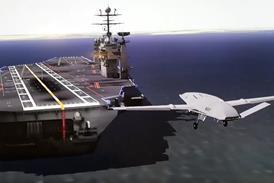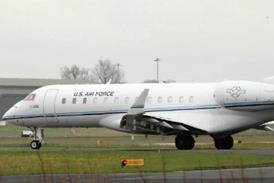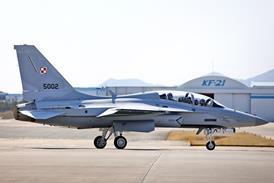New onboard lighting systems promise to hammer down costs for operators by using state-of-the-art new technologies. The manufacturers claim the lights will have virtually no maintenance and an extended mean time between failure (MTBF), making them ideally suited to high-cycle commercial operations.
EMTEQ is launching its solid-state interior lights at the show. The light emitting diodes (LEDs) replace incandescent bulbs and are robustly packaged to withstand high usage. The LEDs provide high intensity, even lighting. Drawing minimal current, the lights are available in warm and cool colours.
“We’re very aware that meeting customer expectations and market requirements is key to growing EMTEQ’s presence and reputation in the aviation industry,” says president Jerry Jendusa. “While reducing maintenance requirements and helping aircraft operators save time and money, this new lighting unit also reflects our ongoing commitment to being a leader in product innovation, customisation and systems integration.”
The reading light is available as a stand-alone item or as part of an integrated installation kit. EMTEQ also offers certification expertise and will collaborate with engineering or maintenance departments to install the lights.
Meanwhile on the aircraft floor, STG Aerospace is exhibiting its next generation emergency lighting power system (ELS). The company claims that installing this latest variant of its ELS could save the industry more than $1billion each year.
STG’s wireless emergency primary power system (WEPPS) manages and powers emergency cabin lighting by its inbuilt wireless monitoring and diagnosis, thus slashing costs by eliminating the entire maintenance schedule. WEPPS comprises a series of ‘fit-for-life’ non-rechargeable battery modules that replace conventional NiCad charger packs. As a result, there is no need to maintain the batteries on a regular basis and their lifespan is extended for years. WEPPS also transmits data to a diagnostic panel near the cockpit, allowing cabin crew to test the system in under 10 seconds, saving time and removing the risk of human error.
Asian Aerospace homepage
Source: Flight Daily News























